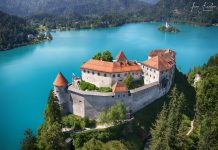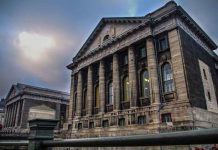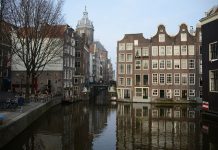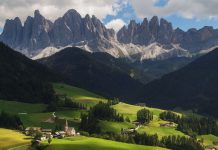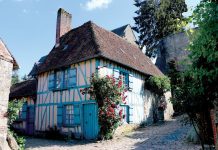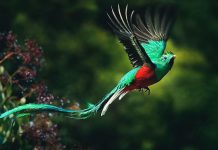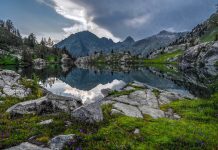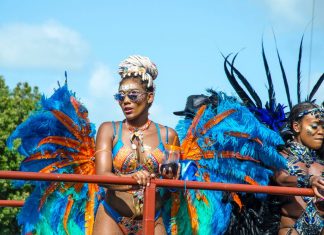This rocky island is located at the north – west opening of the Elounda Gulf. In 1954, for reasons unknown, the island, by decree, was re-named “KALIDON”. The fortress, which already existed in ancient times, was built to protect the port of the ancient town, Olous!
It is reported that, among its ruins, many Christians, later, found refuge from the sarassins. Remains of the fortress, were then discovered by the Venetian architect, during his visit to the island in 1574 in order to construct a new fortress.In the Venetian museum, the original wooden model of the structure is preserved.
In the old Venetian documents, relating to the name of the island, if was designated as “STINELONDA”, as meaning in Greek: “Go to Elounda”. Since the Venetians cojld no! understand fhis expression, they adapted (t in their language, as Spina (thorn) Longa [long). In fact at the time, fhere was an island near fo Venice itself, with the name Spinalonga, but, which is now named, today, Giudecca, Since then, this name is used by the locals too.
The fortress of Spinalonga was one of the most powerful! of Crete and some were even considering it to be untouchable. Its armament, in 1030, was beholding 35 canons in different diameters. After the integral occupation of Crefe in 1609, the fortress of Spinalonga remained under the Venefian domination, for almost half a century.
Many Christians found fhere, a refuge escaping from me Turks. In 1715, the Turks, by capitulation, occupied the fortress and undertook the obligation to bring the guard and the inhabitants to the island of Corfu, only loter fo befray them. During the last years of the Turkish domination, the fortress became a secure place for Turkish families, who had good reason fo fear the Christian reprisals.
In 1834, 80 Othoman [Turkish) families were staying on the island and in 1881 fhe 1112 Othomans of Spinalonga were forming a community. Around I860, another 1000 Turks, from the regions Mirabello, Sitia and lerapefra, for reasons of security, also joined the island. In May 1807, the Turks embarked on the main land and attacked the guard of the greek rebels, unsuccessfully.
Spratt, the navigator, compares the fortress of Spinalonga to a small Giblaitar. He menfions, also, that the Venefians used, for its consfruction, raw materials found on Elounda (stones, whetstones e.t.cj. In the fortress, ilself, the duke Giac Barbaro built there wind-mills so to grind the cereals for the guard.
The main entrance of the fortress is simple and imposing, and upon the arch there is the inscription: LVCAS (MIC(HAEL) PRO(VISOR) GE(NERALIS) R(EGNI) CRfETAE] II AN(NO) in honour of Lucas Michael, who founded the fortress, in 15/6/1579. In 1903, the last Turks abandoned the fortress and since then, Spinalonga became a place of martydom. The same year, by decision of the Crelan goverment, Spinalonga was designafed as a place of con centra lion and residence for the lepers of Crele, who, till then, were kept at Miskinias, a place near to Heraklion.
In 1913, when Crete united wifh Greece, all lepers from all over the country joined fhe island. There are many things said for the intolerable conditions of living and the deprivation of basic needs, from which lepers were suffering. However, in 1957 the isolation came to an end and the state broughf the last lepers of Spinalonga to the community of Agia Varvara (near Athens], since the illness was fhen curable.
Around 1980, the community of Elounda undertook, in cooperation wifh the Greek Tourist Board (EOT], the first works of reconstruction on fhe island.

